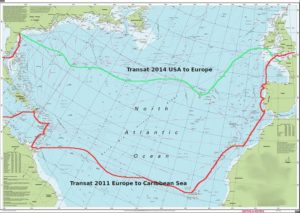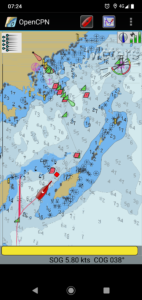On Sunday afternoon we got back to home-base in Southern Sweden after a 2 week cruise to Poland and the area of the Bay of Gdansk and the Bay of Puck.
Both passages have seen quite favourable conditions for the 150 miles. Good sea state and no drama or particular difficulties, so all in all not a lot to write about.
However, the cruising grounds in Poland are really worth writing about, and I will give an account of where we’ve been and what can be found – as well as the places that we want to return and visit again.
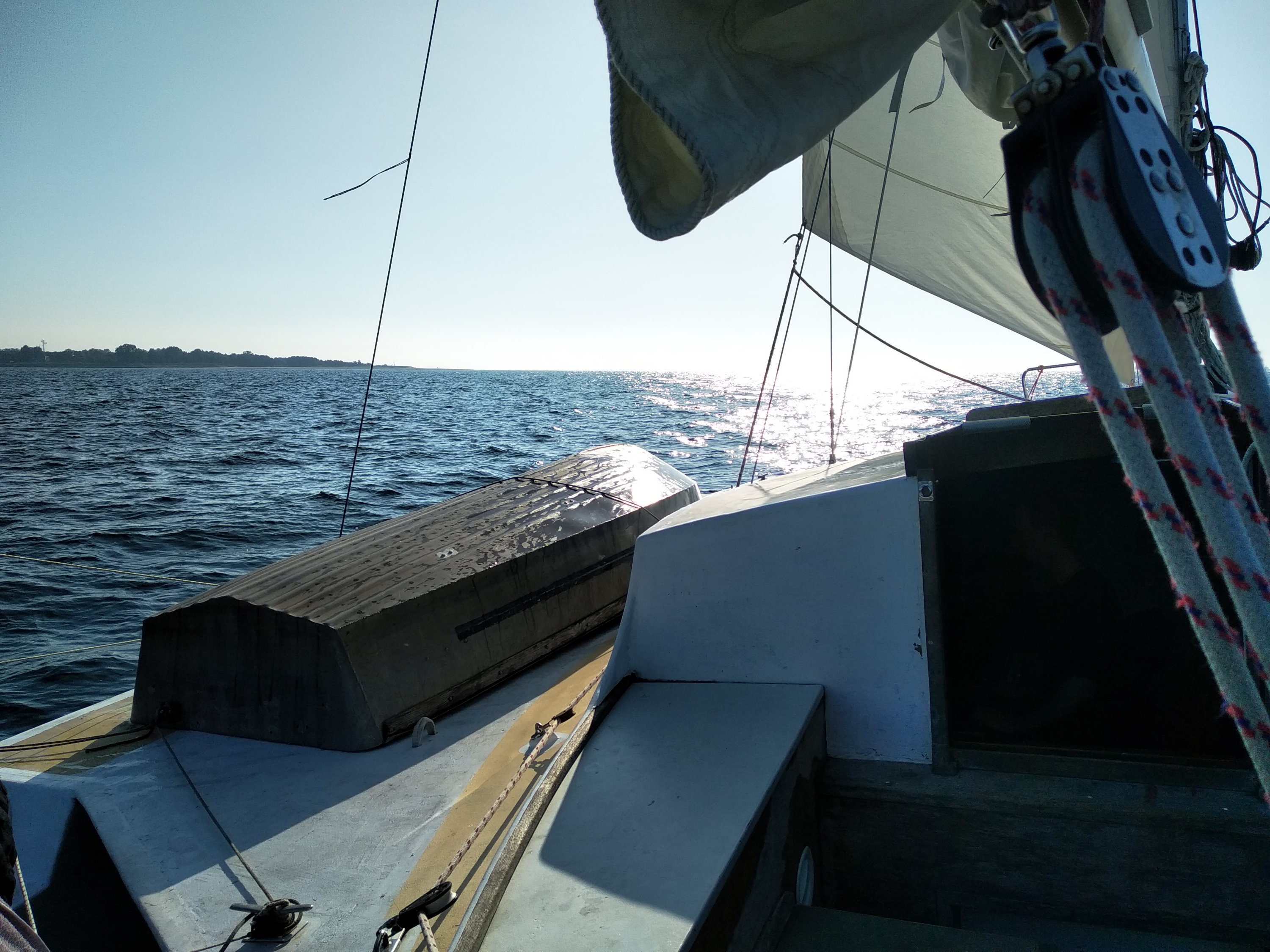
Geography
The Gulf of Gdansk is a large body of water, marked by the curve of mainland in the South, and along its Northwestern edge by a long peninsula called Hel.
This peninsula is a ridge of sand reaching some 20 nautical miles from the mainland in a Southeasterly direction closing off about third of the Gulf of Gdansk from the Baltic Sea. It is 1.5 miles wide at it’s widest, however mostly a lot narrower than that. It means that a 5 minute walk will take you from the Gulf of Gdansk to the Baltic Sea shore.
More or less a third of the way along this peninsula of Hel there is another sandbank going perpendicularly between it and the mainland – in a Southwesterly direction; from the town of Kuznica on Hel, to Rewa on the mainland. I think Merwia Rewa is the name of this sandbank. Much of Merwia Rewa is awash, but it’s possible to walk along several kilometers on dry sand too.
Anyhow, Merwia Rewa marks a division of the Gulf of Gdansk and encloses what is known as the Bay of Puck. There are channels at either end of Merwia Rewa allowing vessels to pass. The depth of water in the Bay of Puck is never much over 5 meters and with substantial areas of only a meter – so a shoal draft vessel is certainly advantageous.
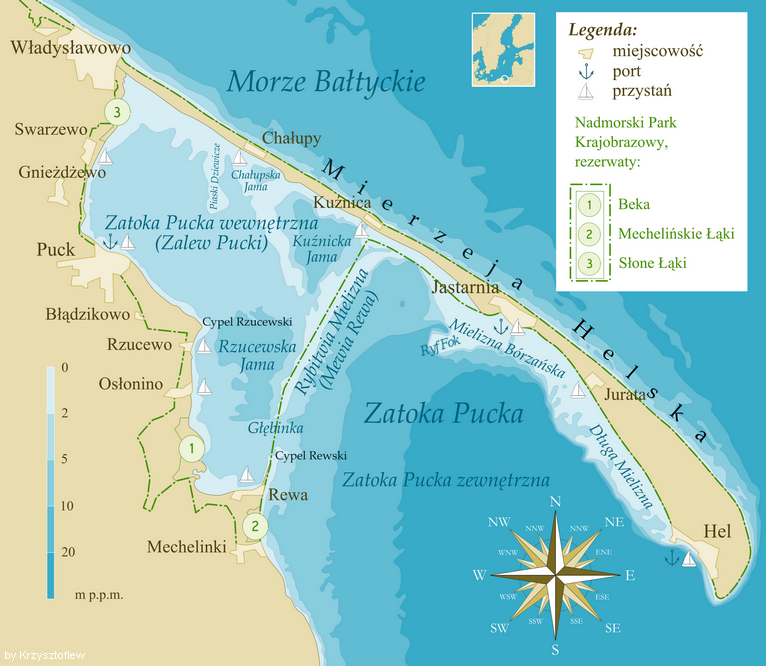
The five towns of Hel
The peninsula of Hel has five principal towns, roughly evenly spaced along its length starting with Chalupy, then Kuznica, Jastarnia, Jurata, and finally the town of Hel at the Southeaster end.
There is a single road that connects all the towns with Wladyslawowo which is a town at the point where Hel joins the mainland. There is also a frequent train service that goes all the way out to the end of Hel. Of course there are buses which operate all hours of the day. The bus route which services the Hel peninsula is number 666 – no joke.
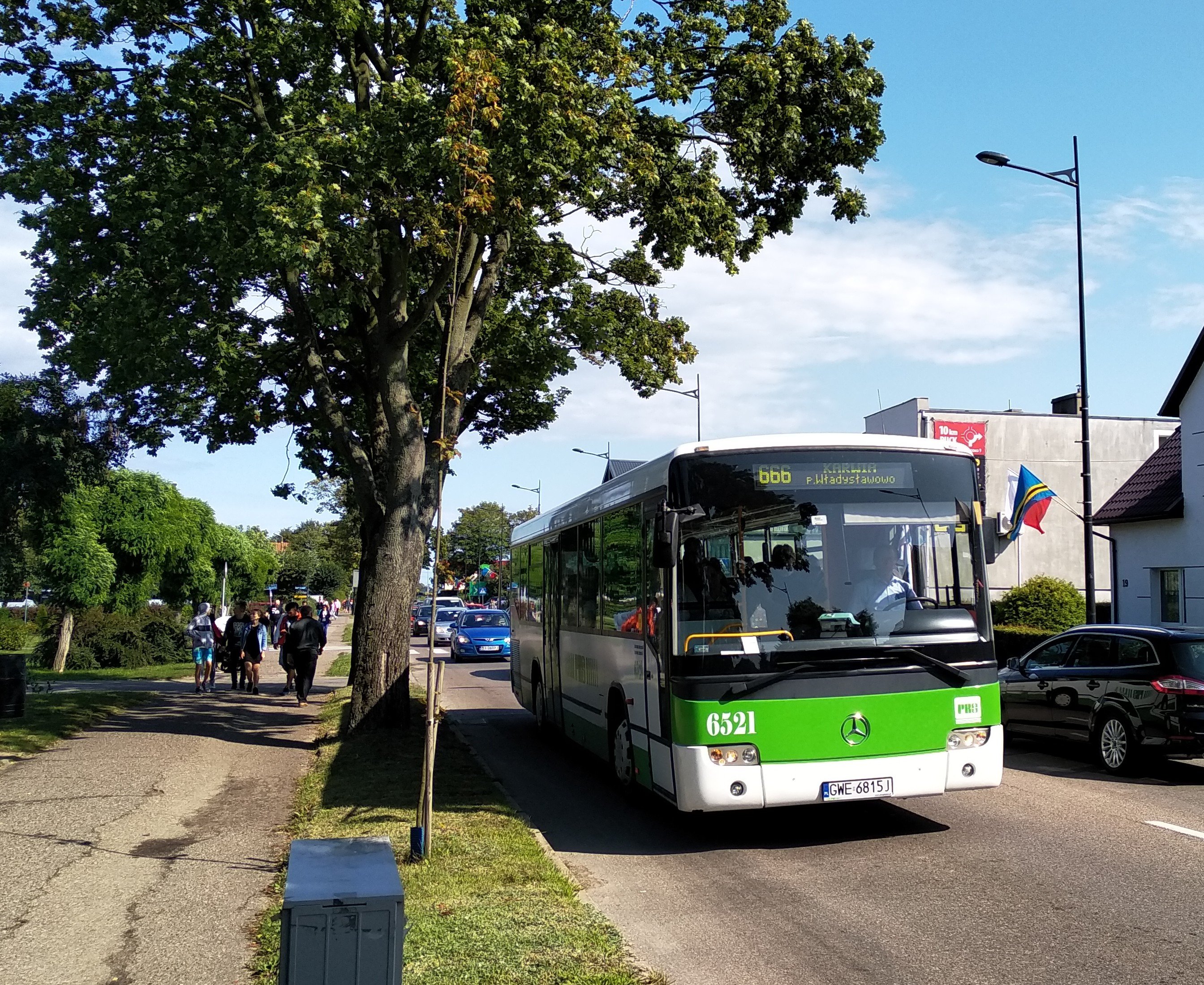
We visited four towns on Hel (not Jurata), although Chalupy only on foot when walking from Wladiyslawowo on the mainland to then take the train onwards to Kuznica. I could go in to more details about each town, and they all have their own unique features, but it’s probably not all that interesting.
Suffice to say that they have lots of small B & B’s, and houses for rent, white sand beaches, little shops and many restaurants. There are dozens and dozens of windsurfing and kitesurfing schools. Campsites and caravan parks. Everything one could expect to find at the prime holiday area for people from all over Poland.
The harbours are small but even with a large boat we always found a spot without prior booking. Facilities are mostly alright, although some places charge for showers. The overnight mooring fees, as was the case for everywhere we stopped in Poland, ranged from 10 to 15 euro.
The mainland cities
We visited Gdansk first, but also made a brief stop at Gdynia. They are very different, and Gdynia is the new modern town, whereas Gdansk has a very long history. Other than for commercial shipping and large vessels Gdansk is not really such a great harbour.
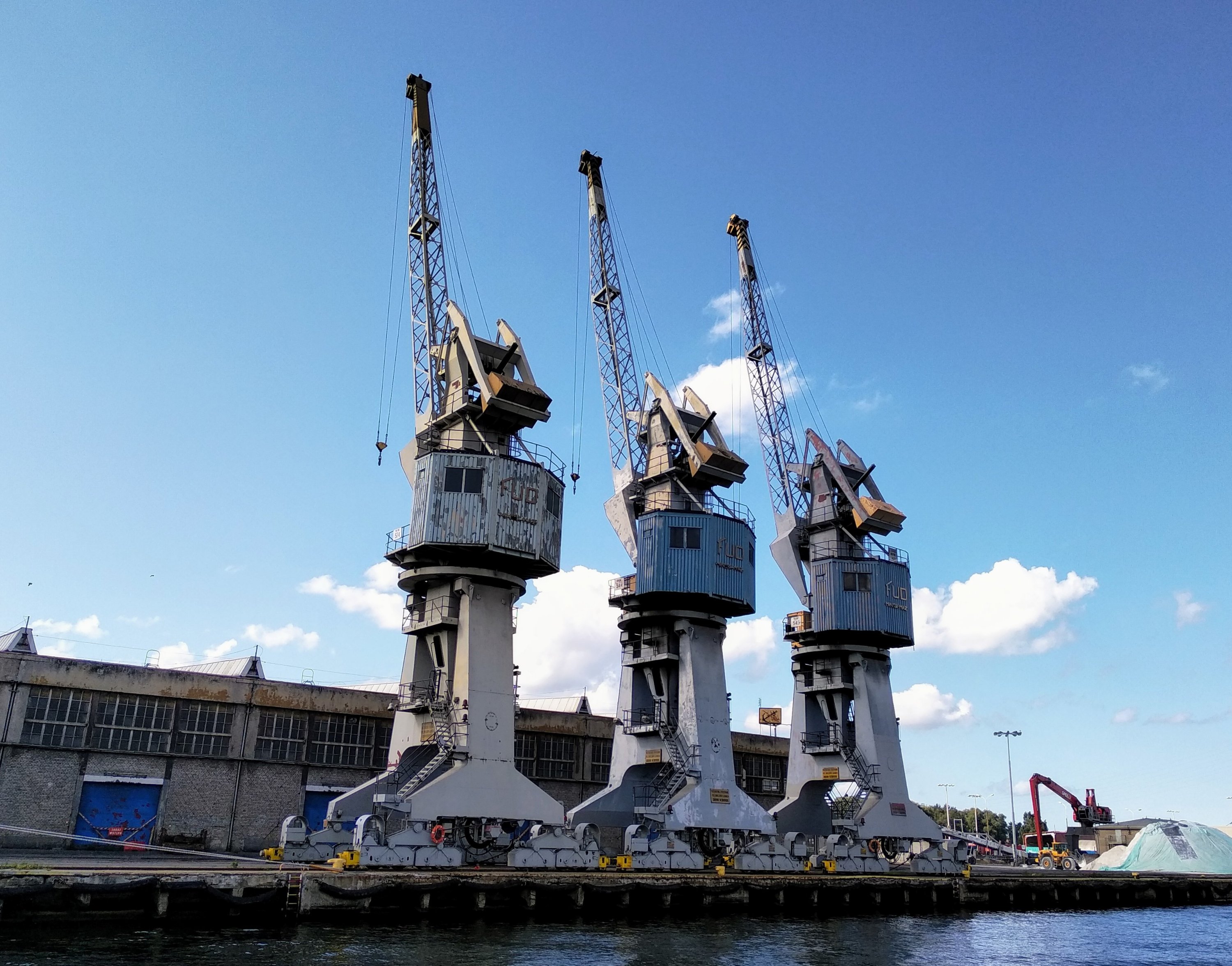
The main yacht basin in Gdansk is right in the heart of the old town. We found the whole area overrun with tourists from 10AM and onwards. The marina feels like it is in the middle of a giant pedestrian roundabout and there’s no respite to be found there during the day. Also there are complications with an opening bridge for accessing the main yacht basin.
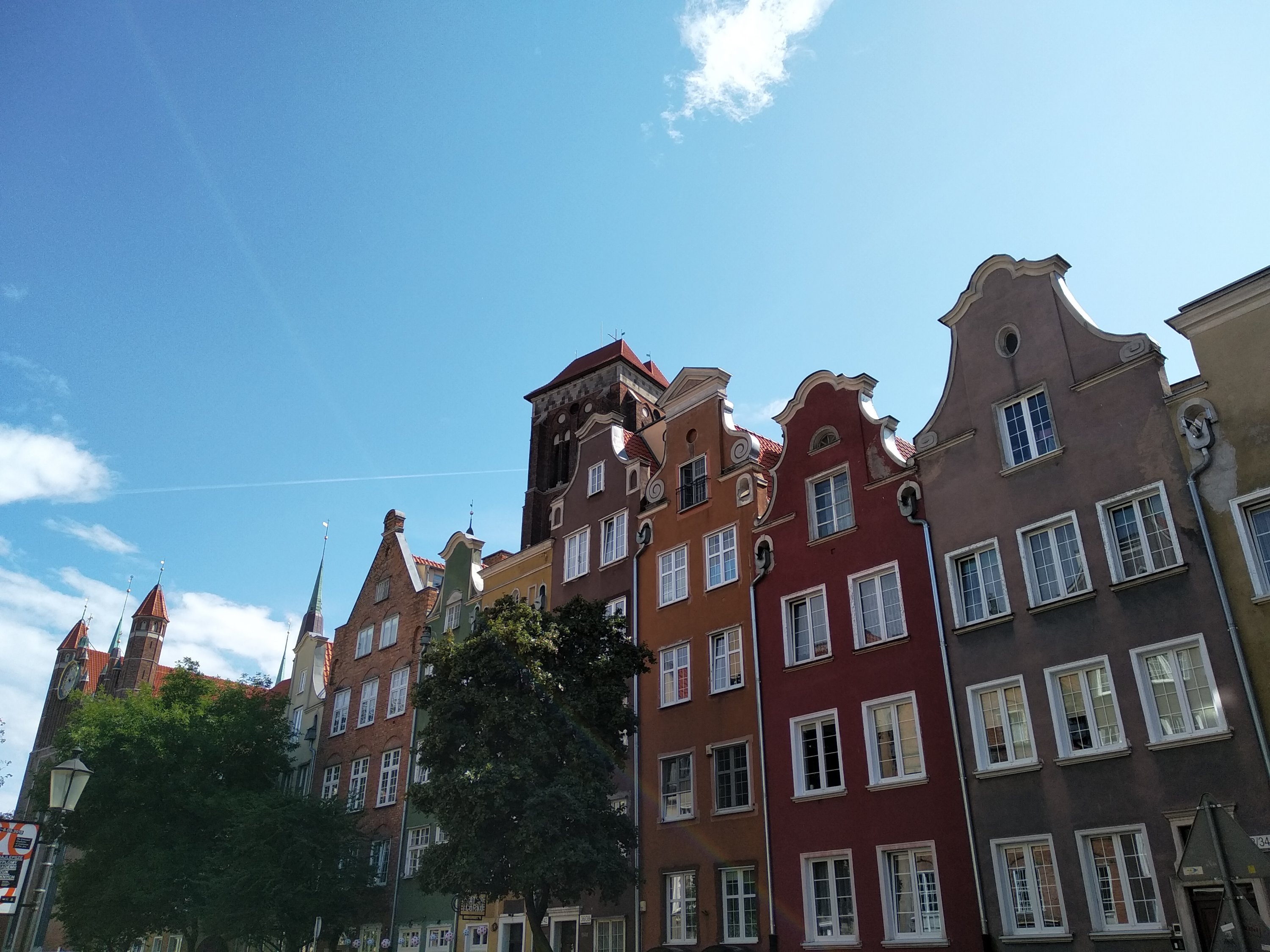
Since 2018 there is a new marina for yachts in Gdansk called Przystan Cesarska. They have good showers and are helpful and accommodating. It is in the old dockyards part of town, and only 10 minutes walk from central Gdansk. The old dockyards is now where a lot of the clubs and parties, as well as art and exhibitions can be found. There’s no opening bridge to worry about to access this marina which is another plus.
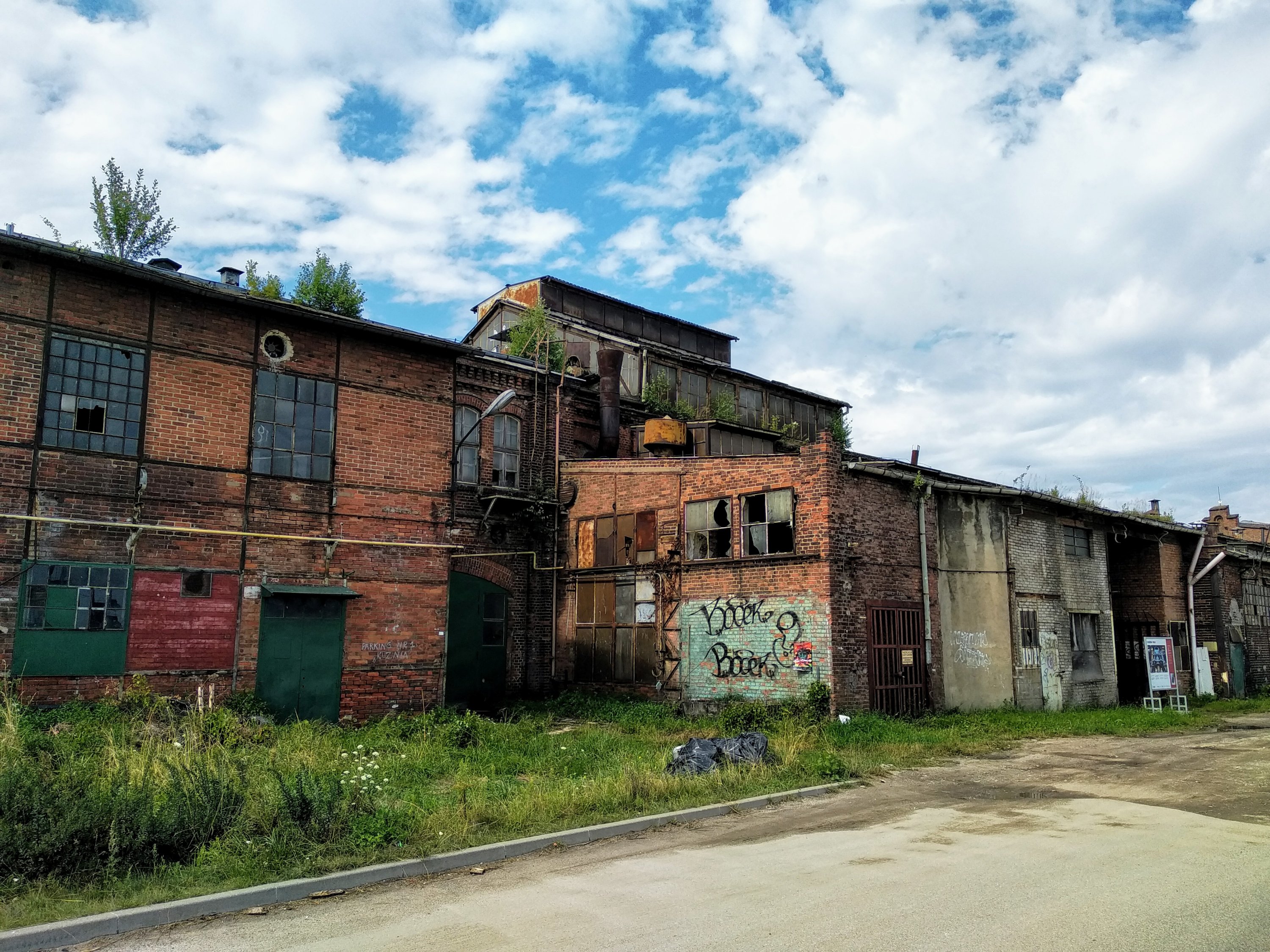
The 5 miles of river to navigate to reach the city and these two available marinas does not offer much other than the spectacle of industry and heavy shipping – which is worth the sight too. There is a yacht club on the Eastern shore of the river only a mile from the river mouth but space is very limited. It is located right next to a medieval fort and castle, and is also close to a festival site in the woodlands surrounding it.
North from Gdansk is Sopot, allthough we did not stop there, it is famous for its huge wood pier. It is apparently also the more up-market retreat for holiday-makers in the region. It should have some beautiful architecture and avenues, as well as a few big parks and the likes.
The third city of the trinity is Gdynia which we stopped at only briefly, and actually took the opportunity to go and walk in the forests and along the sand-stone cliffs to the South of the town.
Gdynia is a big port now, constructed largely during the inter-war period in the 20’s and 30’s I believe. Excellent ship chandlers, and some interesting museum ships can be found in Gdynia. I think it is also famous for it’s night-life, although we did not check that out.
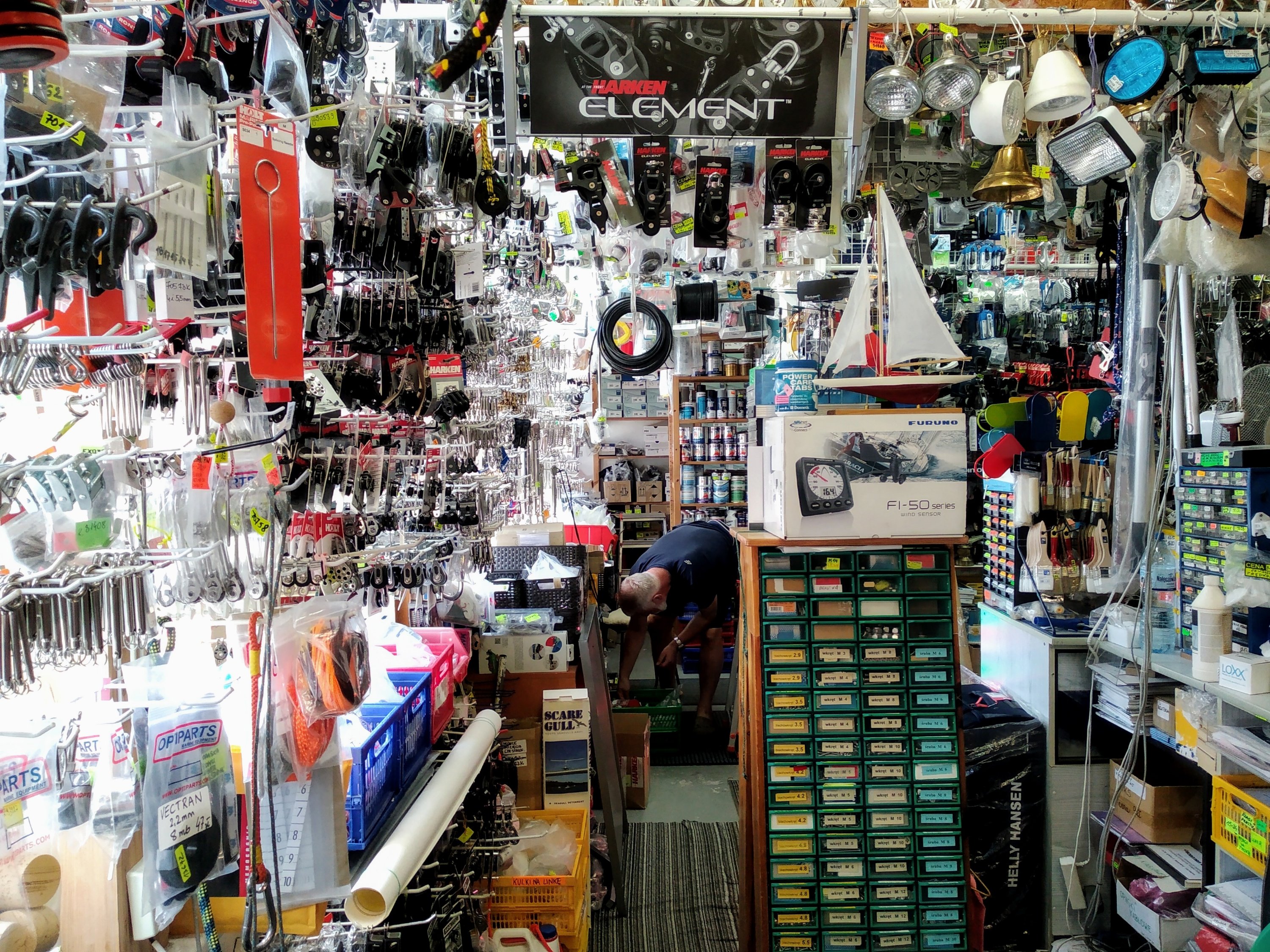
The water-sports
I think the best quality of the whole region is simply for the water-sports. Windsurfing and kitesurfing most especially.
The only place I’ve seen with similar numbers of people kiting is the beaches in Holland, but whereas they have waves and chop and few features on land, the kitesurf spots around the Bay of Puck have all the ingredients for the ultimate kiting conditions. Flat water, nice launch and landing and things to look at while cruising. Not to mention a high frequency of good breeze… I suppose this wind is also a cause of the geological features of the region, the sand banks and cliffs.
To cross over from Hel to the mainland following the Merwia Rewa bank on a wind board could be good too. Even though so many people visit especially for the kiting it’s not exactly too crowded, and with a little effort you can find a spot more or less for your self.
It’s a fantastic beginners spot for kiting as huge parts of the bay are only about 1 meter deep. It means you can stand up while sorting out a crashed kite or trying to get up on the board or just practice body-dragging and steering the kite.
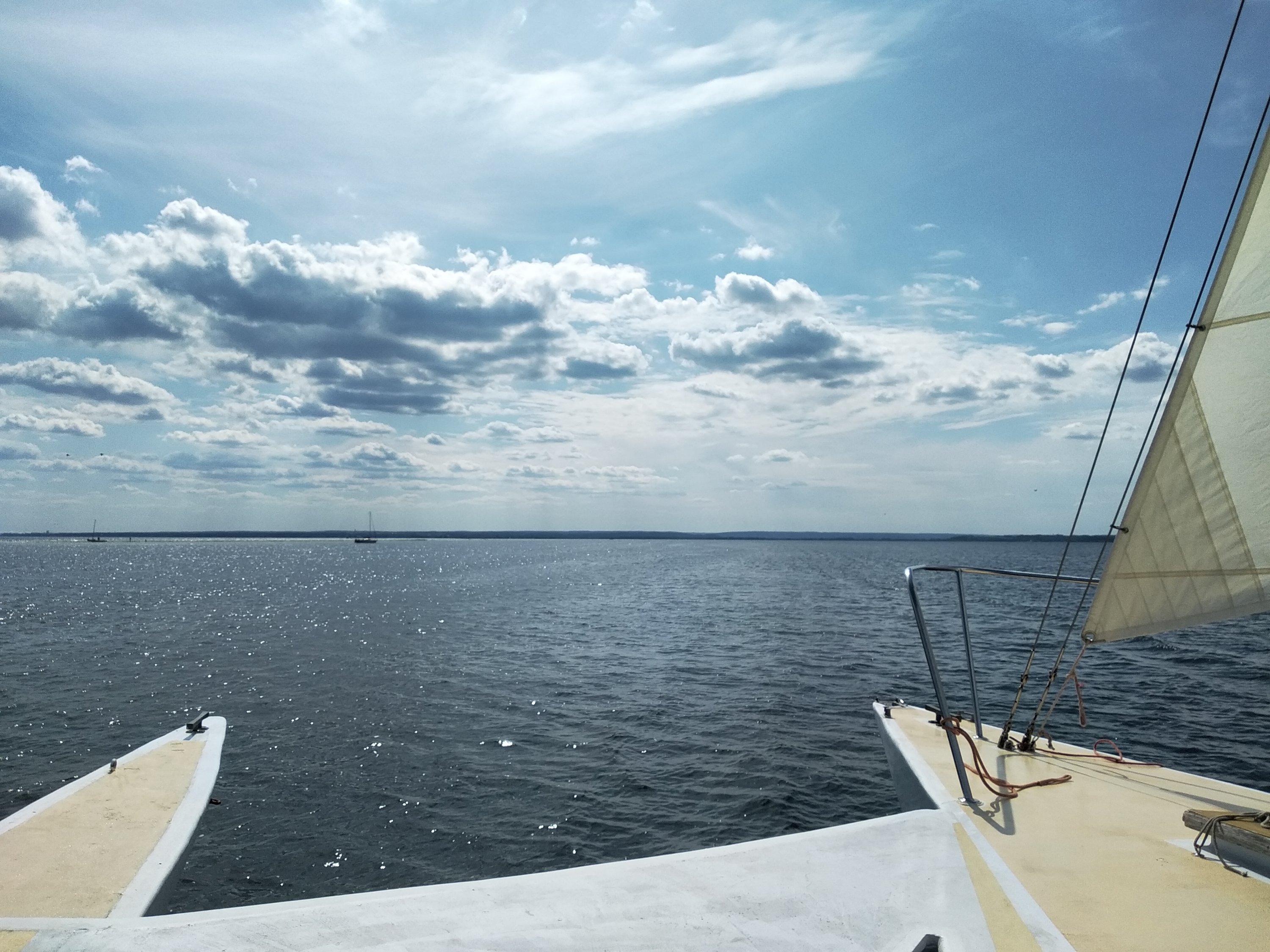
For visiting next time
We visited Wladyslawowo and Rewa, and Gdansk and Gdynia on the mainland, but Puck and Sopot not. There are also a few more places on the Eastern shores of the Gulf of Gdansk, but I have yet to research them.
Also I am very curious to navigate further up the Wisla river. Perhaps not through the city of Gdansk which is largely a man made tributary to the river, but instead up at the main mouth of the river further East. Unknown is the state of current in the main river, if there are bridges or overhead wires, and what possibilities there are for stopping.
Finally, the long sand bank that crosses from Hel to the mainland is also on the list of places to go. There are numerous ship wrecks on it which should make for some interesting snorkeling. Of course next time we will have to do a lot more kiting and windsurfing around there too!
Image source for map: Wikipedia

